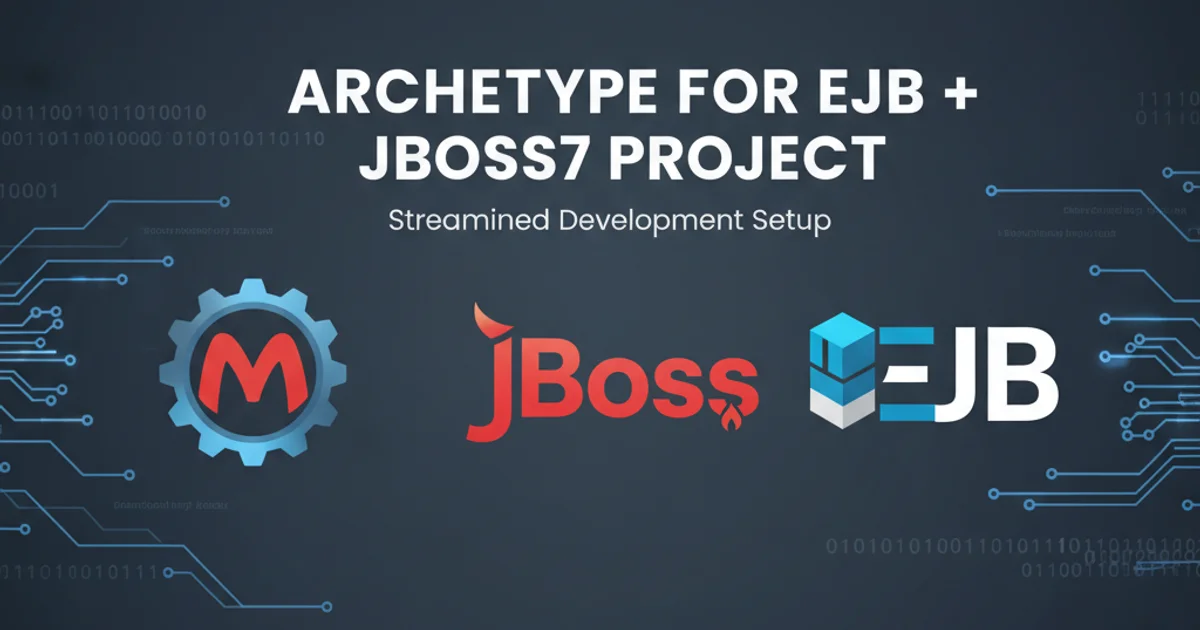How to close Android application?
Categories:
Mastering Android App Closure: Techniques and Best Practices

Explore various methods for closing Android applications, understanding their implications for user experience and system resources. Learn when and how to properly terminate your app.
Closing an Android application might seem straightforward, but it involves understanding the Android lifecycle and how the system manages processes. Unlike desktop applications where users often explicitly close programs, Android typically manages app processes in the background. However, there are scenarios where you might need to programmatically close an activity or even the entire application. This article will delve into the different approaches to closing Android applications, discussing their use cases, advantages, and potential pitfalls.
Understanding the Android Activity Lifecycle
Before attempting to close an application, it's crucial to grasp the Android Activity Lifecycle. Activities transition through various states (created, started, resumed, paused, stopped, destroyed) as the user interacts with your app and the system manages resources. An app is not truly 'closed' in the traditional sense until its process is terminated by the system or explicitly by the user from recent apps. Programmatic closure usually involves finishing activities or the entire task stack.
stateDiagram-v2
[*] --> Created
Created --> Started
Started --> Resumed
Resumed --> Paused
Paused --> Stopped
Stopped --> Destroyed
Paused --> Resumed
Stopped --> Started
Destroyed --> [*]
note on Created: Activity is created
note on Resumed: Activity is visible and interactive
note on Destroyed: Activity is removed from memorySimplified Android Activity Lifecycle
Closing a Single Activity
The most common way to 'close' a part of your application is to finish an individual Activity. This removes the activity from the back stack and triggers its onDestroy() method. This is generally the preferred method for navigating back or completing a specific task within your app.
public class MyActivity extends AppCompatActivity {
@Override
protected void onCreate(Bundle savedInstanceState) {
super.onCreate(savedInstanceState);
setContentView(R.layout.activity_my);
// Example: A button to finish this activity
findViewById(R.id.close_button).setOnClickListener(v -> {
finish(); // This will close the current activity
});
}
}
Using finish() to close the current Activity
finish() on an Activity is the standard and recommended way to remove it from the back stack. It allows the system to properly clean up resources associated with that Activity.Closing the Entire Application (Task Stack)
While generally discouraged for user experience reasons, there are situations where you might need to close all activities in your application and effectively terminate the app's task. This can be achieved by clearing the activity back stack or by explicitly killing the process. However, Android's design philosophy prefers that the system manages process termination.
flowchart TD
A[User Action] --> B{Need to close app?}
B -->|No| C[System Manages Lifecycle]
B -->|Yes| D[Option 1: Finish all Activities]
D --> D1["Intent.FLAG_ACTIVITY_CLEAR_TASK | Intent.FLAG_ACTIVITY_NEW_TASK"]
D1 --> E[Start Login/Home Activity]
E --> F[Call finish() on current Activity]
D --> G[Option 2: System.exit(0) / android.os.Process.killProcess()]
G --> H[Not Recommended!]
H --> I[App Process Terminated]
C --> J[App in Background/Destroyed by System]Decision flow for closing an Android application
Methods for Full Application Closure
Here are a few methods, along with their considerations, for attempting to close the entire application:
Using Intent Flags
This is the most common and recommended way to clear the back stack and effectively 'restart' or 'exit' the app to a specific entry point (like a login screen). It doesn't truly 'kill' the process but clears the task.
Intent intent = new Intent(this, MainActivity.class);
intent.addFlags(Intent.FLAG_ACTIVITY_CLEAR_TASK | Intent.FLAG_ACTIVITY_NEW_TASK);
startActivity(intent);
finish(); // Finish the current activity after starting the new task
Finishing All Activities (Manual)
If you have a well-structured app, you can use a broadcast receiver or an event bus to signal all running activities to call finish().
// In an Activity that needs to close all others
LocalBroadcastManager.getInstance(this).sendBroadcast(new Intent("finish_all_activities"));
// In each Activity that should respond to the signal
private BroadcastReceiver finishReceiver = new BroadcastReceiver() {
@Override
public void onReceive(Context context, Intent intent) {
finish();
}
};
@Override
protected void onResume() {
super.onResume();
LocalBroadcastManager.getInstance(this).registerReceiver(finishReceiver, new IntentFilter("finish_all_activities"));
}
@Override
protected void onPause() {
super.onPause();
LocalBroadcastManager.getInstance(this).unregisterReceiver(finishReceiver);
}
Killing the Process (Discouraged)
Directly killing the process should almost always be avoided as it bypasses the normal Android lifecycle and can lead to resource leaks or an unstable state. The system is designed to manage processes efficiently.
// DO NOT USE THIS UNLESS ABSOLUTELY NECESSARY AND YOU UNDERSTAND THE IMPLICATIONS
// System.exit(0); // Terminates the currently running Java Virtual Machine.
// android.os.Process.killProcess(android.os.Process.myPid()); // Kills the process.
System.exit(0) or android.os.Process.killProcess() unless you have a very specific and critical reason (e.g., handling unrecoverable errors). These methods bypass the normal Android lifecycle, preventing proper cleanup and potentially leading to a poor user experience or ANRs (Application Not Responding).Best Practices for Application Exit
Instead of forcing an app to close, focus on designing your app to gracefully handle the Android lifecycle. Users expect apps to remain in the background and resume quickly. If you need to clear user data or reset the app state, do so when the user logs out or explicitly requests it, rather than killing the process.
1. Design for Lifecycle Management
Let the Android system manage your app's lifecycle. Implement onPause(), onStop(), and onDestroy() correctly to save state and release resources.
2. Use finish() for Activity Closure
When a user navigates away from an activity or completes a task, use finish() to remove it from the back stack.
3. Clear Task Stack with Intent Flags
If you need to return to a specific entry point (e.g., after logout), use Intent.FLAG_ACTIVITY_CLEAR_TASK | Intent.FLAG_ACTIVITY_NEW_TASK to clear the back stack and start a fresh task.
4. Educate Users on App Management
If your app has sensitive data or requires a 'hard exit', provide an explicit logout or exit button that uses the recommended Intent flags, and explain to users how to remove apps from recent tasks.